Site-Specific (Upd: Jun 21, ’25)
The magic really comes out in performance when we take the performance out into the world outside of the traditional setting.
Site Exploration
When breaking out of the confines of a traditional studio or stage, we can find that there are endless magical spaces to dance.
Dance Stalking
“My wanderings […] have an implicit and non-guaranteed goal – legs and eyes sometimes lead to places where it’s as if you fall into another world, where time flows differently, and space itself becomes imperceptibly different.” – Sharley Kornitskaya
Russian butoh artist Sharly Kornitskaya founded an on-going urban exploration project known as dance stalking based in Moscow though open to the world. In the activity, one aimlessly wanders the city in order to discover unique hidden spaces to then dance and document. Regarding Moscow, Sharely mentions that the most interesting discoveries include old courtyards, semi-abandoned industrial quarters, wastelands behind houses, and in narrow lanes away from major roads.1
The activity also brings to mind Guy Debord’s dérive, a psychological happening of spontaneous, rapid passage through various city locals. The dérive utilizes psychogeography which is the study or awareness of the effects of any geographical environment on the emotions and behavior of individuals.2
The goal is the creation of situations which are temporary environments/happenings which act to fulfil a level of authentic human desire.3 To the situationists, modern capitalism created false desires due to the onslaught of advertising, consumerism, and the commodification of ephemeral experiences and authentic life.2 In short, the situationists felt one did not need the crutch of commercialism in order to have a profound human experience.
Liminal Spaces
The liminal space is a location which is a transition between two other locations, or states of being. The modern use of the term is linked back to a 4chan post on /x/ paranormal “post disquieting images that just feel ‘off.'”4
Examples of liminal spaces are hallways, waiting rooms, parking lots and rest stops, abandoned malls or empty school hallways. The effect might feel unsettling yet also familiar. Such locals have a potential of being rich dance spaces since butoh has also been viewed as a liminal phenomenon.
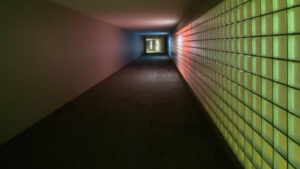
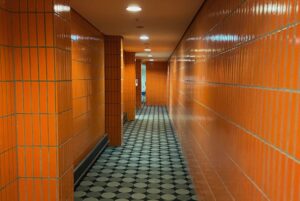
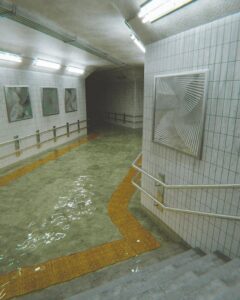

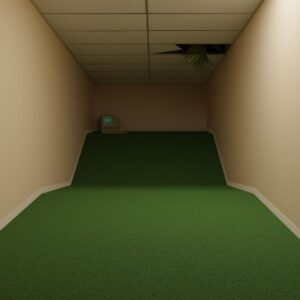
Hyperart Thomassons
One of Tatsumi Hijikata’s friends and artistic collaborators was Akasegawa Genpei of the Japanese Neo-Dada group Hi-Red Center5 who came up with the concept known as Hyperart Thomasson which is a form of conceptual art. A Hyperart Thomasson is a useless structure or space that continues to be preserved in some way. The structures are accidental, never having the intention of being viewed as an art object.6
Thomassons also have the potential of being viewed as a liminal space and can be great site-specific sceneries for butoh creation.
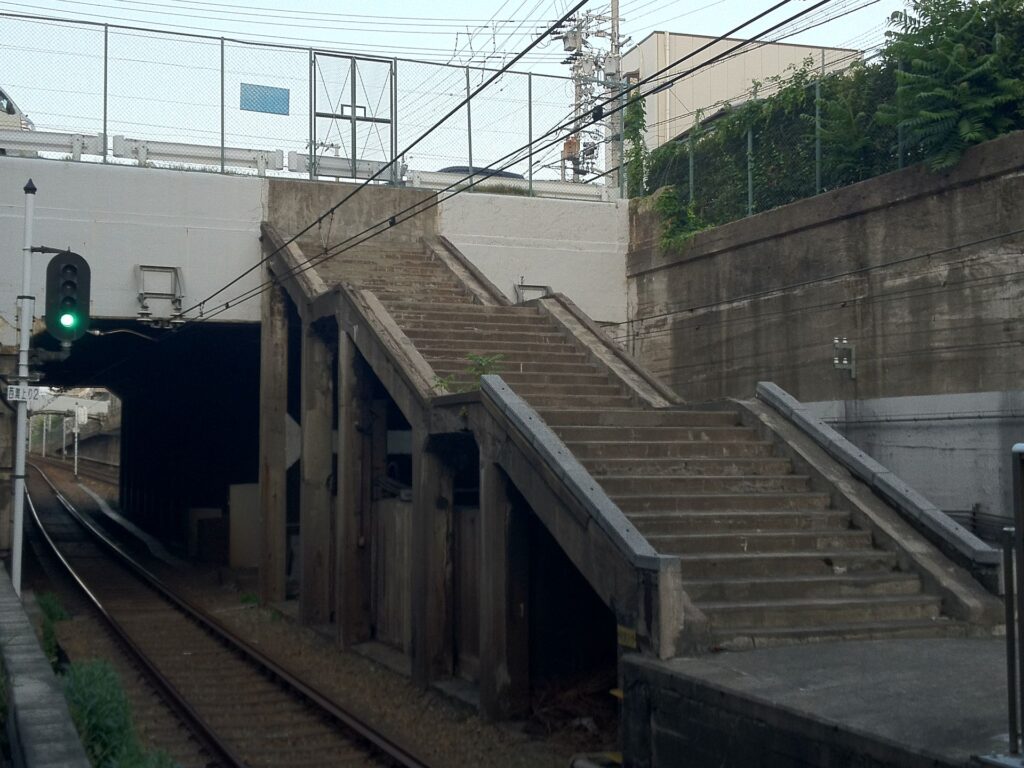
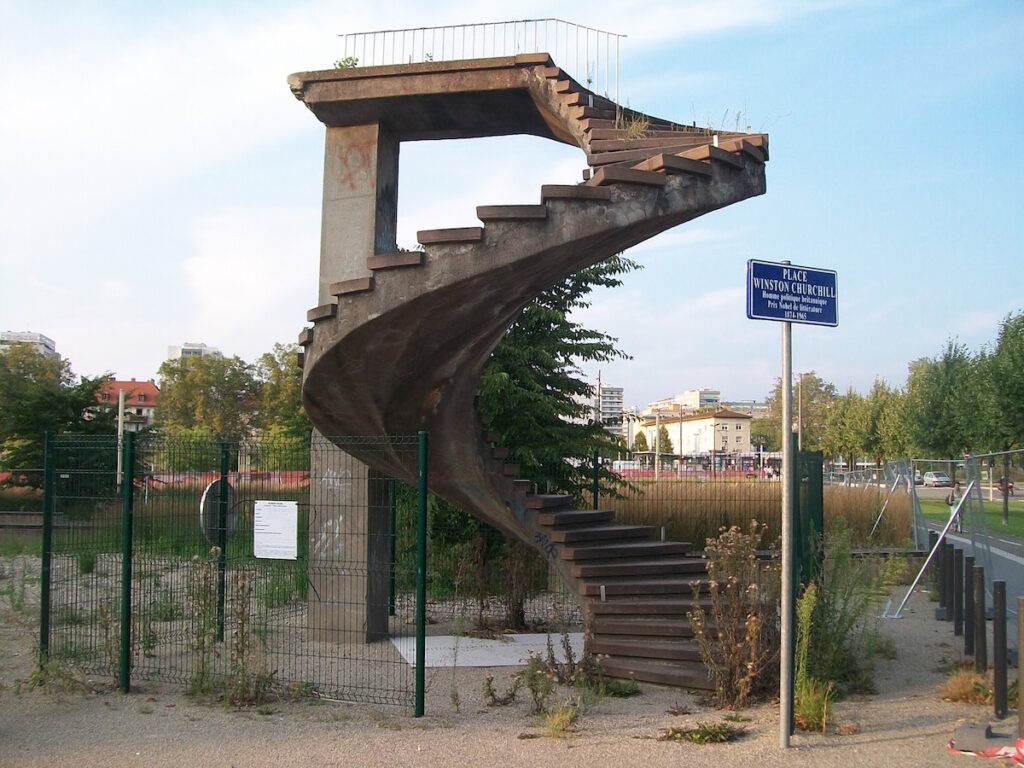
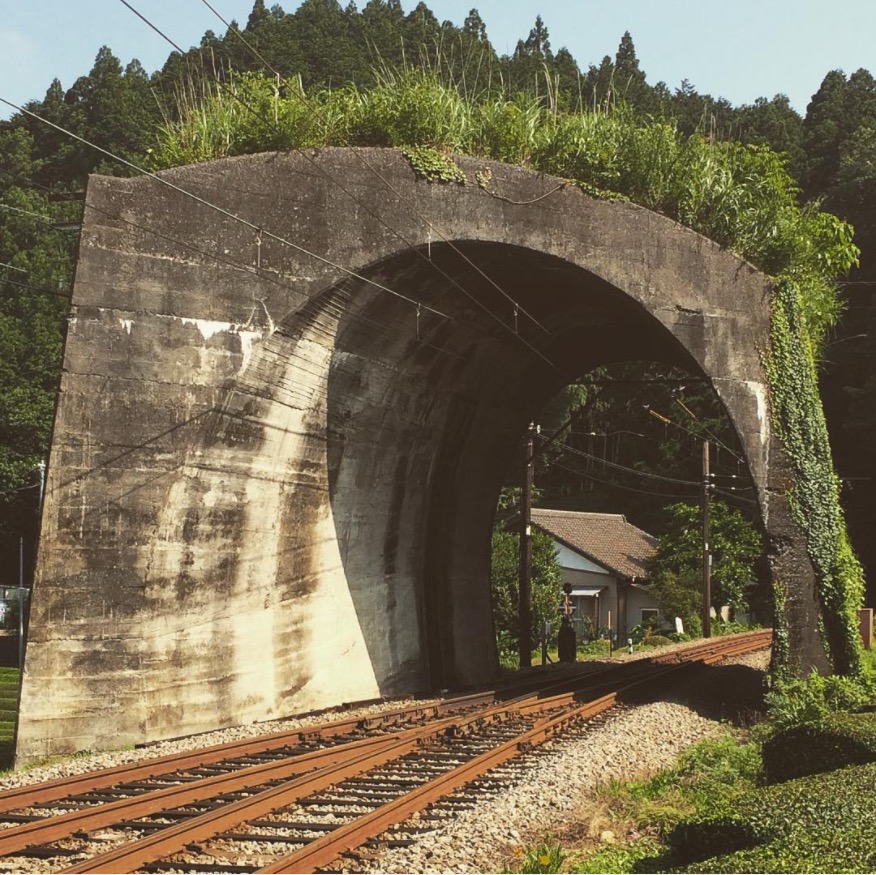
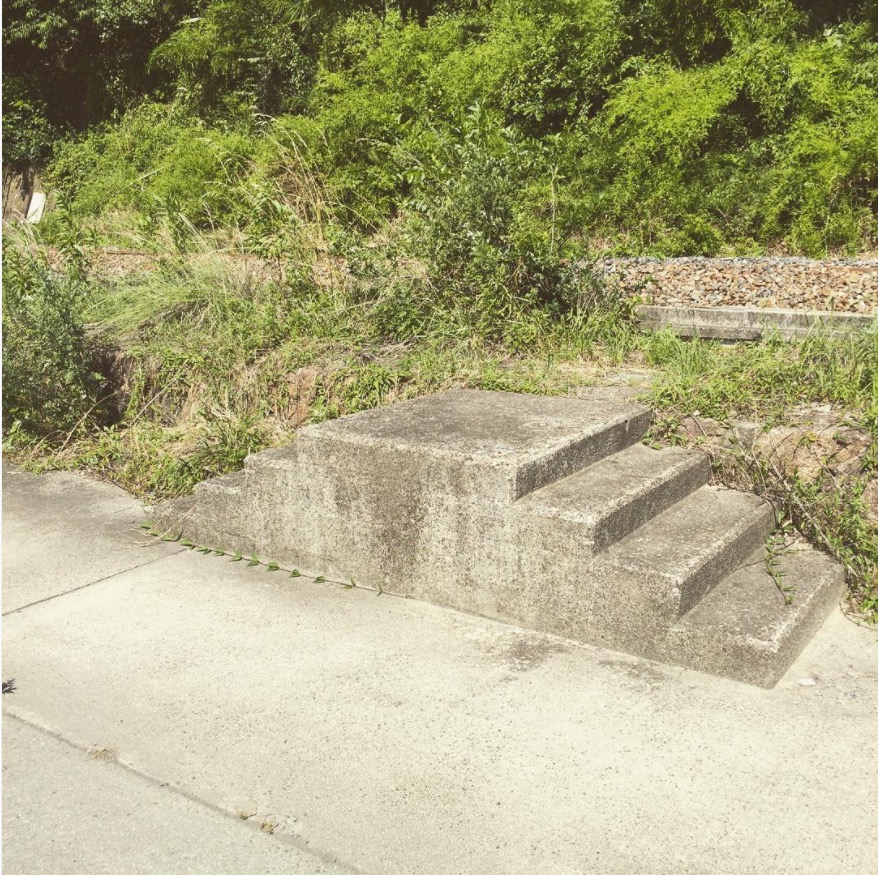
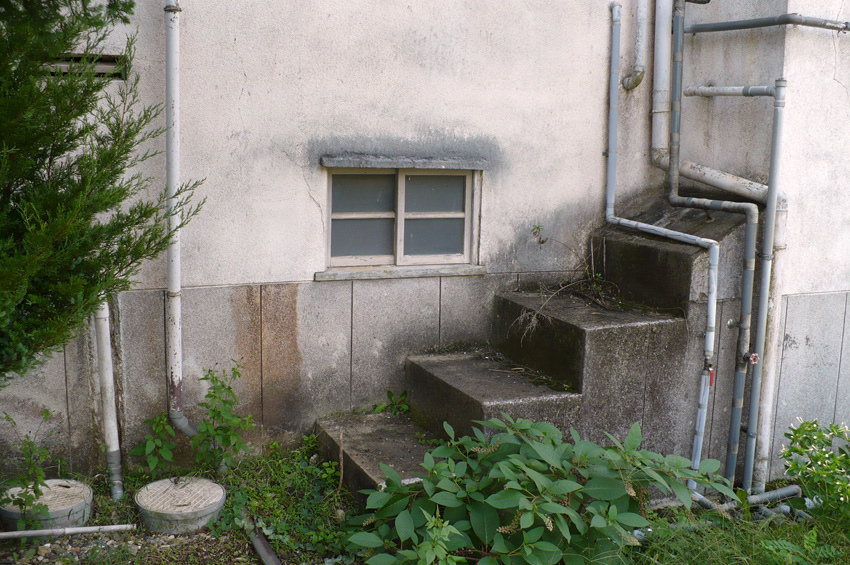
Genpei also categorized the types of Thomassons such as Useless Staircase, Useless Doorway, Useless Bridge, and others which depend on more clarification such as A-bomb Type and Nurikabe. See the complete list of categories here.
Spontaneous Performance Procession
The Spontaneous Performance Procession (SPP) often simply called parade or drift originally began as a jogging group hike out into the hills. It can be viewed as a form of butoh jam or nomadic rhizome parade.*
The SPP is a wonderful exercise in building site-specific awareness and creative dance spaces for butoh. See the SPP page for detailed information.
Street Performance
Whether or not we’re utilizing liminal spaces or Thomassons, it is highly recommended that butoh dancers acquaint themselves with the street in general in terms of performance.
Street performance boldly drives forth the notion that the butoh dancer doesn’t need a stage, dance studio, or special facility in order to perform, whether it’s choreography or improvisation.
Yet performance on the street can be a daunting task as it can place the dancer into a vulnerable position where the general public will reject, ignore, or even belittle the dancer. This response is due to the general psychology of distrust for anything new or beyond definition.
People might view the dancer as crazy, part of a cult, on substances, or even homeless (depending on the costume), and the dancer will simply have to come to terms with that.**
Tips
- When in doubt, slow down, and remember to breathe slowly and steadily, especially through the nose.
- Wear comfortable shoes such as barefoot-style shoes, shoe socks, or no shoes at all. The street often has a hard, concrete surface, so be prepared for that.
- A good makeup/body paint workup, costume, and even prop or two can increase one’s street confidence since it paints an obvious picture that what is being witnessed is an art performance of some sort. To go at it in everyday clothes and no makeup/body paint would be at the level of secret butoh or invisible butoh (inspired by Augusto Boal and Panagiotis Assimakopoulos’s concept of invisible theatre), but then one is certain to be viewed by many as either crazy, on substances, or homeless. But this is also an exercise in fortitude worth exploring if one dares.
Documentation
The two main types of documentation are video and photography. If you are having somebody document a piece, do not assume anything about their ability to document, especially if they are not a professional. Specify all the details you wish such as: (1) how much intrusion of space is permissible; (2) tripod or not; (3) Zoom/portraits or not; (4) for video, entirety filmed or excerpts; (5) no heads or limbs cut off or other specifications; (6) do not include other documentators in the scenes.
1 Kornitskaya, Sharly. Dance Stalking facebook group. https://www.facebook.com/groups/2622927391258038
2 Debord, Guy. “Definitions”. Internationale Situationniste. Paris (1). Translated by Ken Knabb. June 1958.
3 Ibid. Preliminary Problems in Constructing a Situation Archived 8 June 2011 at the Wayback Machine. Internationale Situationniste No. 1. Translated by Ken Knabb. June 1958.
4 Liminal Space. https://aesthetics.fandom.com/wiki/Liminal_Space. 2019.
5 Hi-Red Center. Wikipedia. https://en.wikipedia.org/wiki/Hi-Red_Center
6 Akasegawa Genpei, Hyperart: Thomasson, translated by Matt Fargo, Kaya Press, 2010
* As part of the butoh retreat program at Tiyatro Medresesi in Sirince, Turkey, February 2022.
** At OZORA Festival 2022 during a 2 hour butoh walk, two medical staff were called and they asked if I was okay. When I didn’t respond and just kept dancing, they repeated the question louder, and looked as if they were about to take me in. I then ran off with a less sickly dance (a lively dance), as my way of saying, I was fine. They didn’t chase after me.